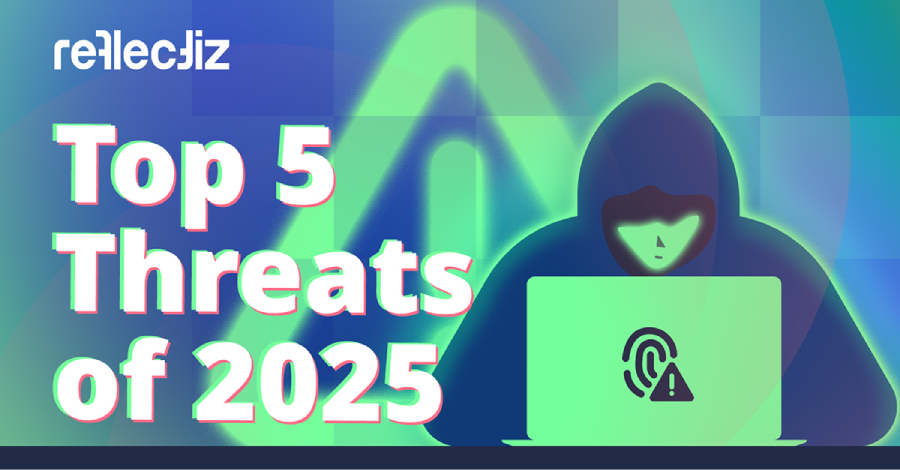Critical React2Shell Flaw Added to CISA KEV After Confirmed Active Exploitation
The U.S. Cybersecurity and Infrastructure Security Agency (CISA) on Friday formally added a critical security flaw impacting React Server Components (RSC) to its Known Exploited Vulnerabilities (KEV) catalog following reports of active exploitation in the wild. The vulnerability, CVE-2025-55182 (CVSS score: 10.0), relates to a case of remote code execution that could be triggered by…
Read more










